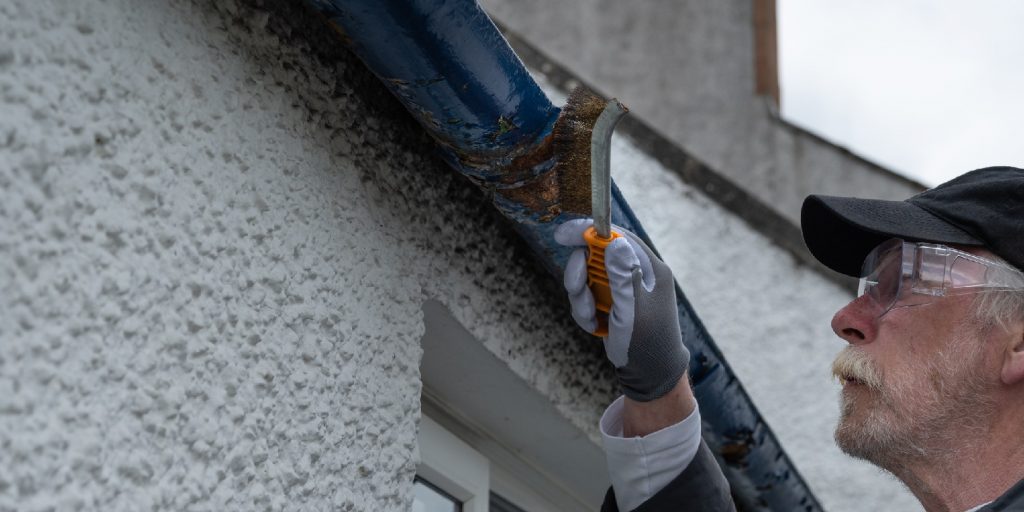How To Remove Rust From Stainless Steel

Stainless steel is a popular material due to its durability, resistance to corrosion, and sleek appearance. However, even stainless steel can develop rust spots, especially when exposed to moisture or harsh conditions. Fortunately, removing rust from stainless steel is a straightforward process that can restore its original shine and extend its lifespan. This blog post will explore practical methods and techniques to remove rust from stainless steel, ensuring that your kitchen appliances, utensils, and other stainless steel items remain pristine.
Baking Soda Paste
Baking soda is a versatile and gentle abrasive that can help remove rust from stainless steel surfaces. Start by creating a paste by mixing baking soda with water until it forms a thick consistency. Apply the paste to the rusted areas and let it sit for 15-20 minutes. Then, gently scrub the surface with a soft-bristle brush or sponge. Rinse the area thoroughly with water and dry it with a clean cloth. Repeat the process if necessary until the rust is completely removed. Baking soda is a non-toxic option that is safe to use on stainless steel without causing any damage.
Lemon Juice and Salt
The natural acidity of lemon juice and the abrasive properties of salt can effectively remove rust from stainless steel. Squeeze fresh lemon juice onto the rusted areas and sprinkle salt over the juice. Let the mixture sit for a few hours, allowing the acid and salt to break down the rust. Then, scrub the surface with a brush or sponge, focusing on the rusted spots.
Vinegar Soak
Vinegar is another household ingredient that can help remove rust from stainless steel. Fill a container large enough to submerge the rusted item with white vinegar. Place the item in the vinegar bath and let it soak for several hours or overnight. The acidity of the vinegar will gradually dissolve the rust. Once the soaking is complete, remove the item from the vinegar, scrub off any remaining rust with a brush or sponge, and rinse it with water. Dry the stainless steel thoroughly to prevent any further rust formation.
Commercial Rust Removers
For more stubborn rust stains, commercial rust removers are available on the market specifically designed for stainless steel. Follow the instructions provided by the manufacturer and take the necessary safety precautions. Typically, you must apply the rust remover to the affected area, let it sit for a specified period, and then scrub or wipe away the rust. Afterward, rinse the stainless steel thoroughly with water and dry it completely. Remember to test the rust remover on a small, inconspicuous area first to ensure compatibility with your stainless steel surface.
Specialized Cleaners and Polishes
If you are looking for a quicker and more precise rust removal process, specialized cleaners and polishes are available to quickly and efficiently remove rust from stainless steel. These cleaners come with instructions and may utilize some combination of chemicals, detergents, abrasives, and alkalies to remove rust and polish the surface. Be sure to follow the instructions carefully and take proper safety precautions when using these cleaners to ensure your safety and the best possible results.
Conclusion
Rust can be an unsightly problem on stainless steel surfaces, but it can be effectively removed with the proper techniques. Whether you choose baking soda, lemon juice and salt, vinegar, or a commercial rust remover, the key is to be patient, gentle, and thorough in the removal process. Regular maintenance and prompt attention to any rust spots can help preserve the beauty and integrity of your stainless steel items. By following the methods outlined in this blog post, you can restore the luster of your stainless steel and keep it looking sleek and rust-free for years to come.
